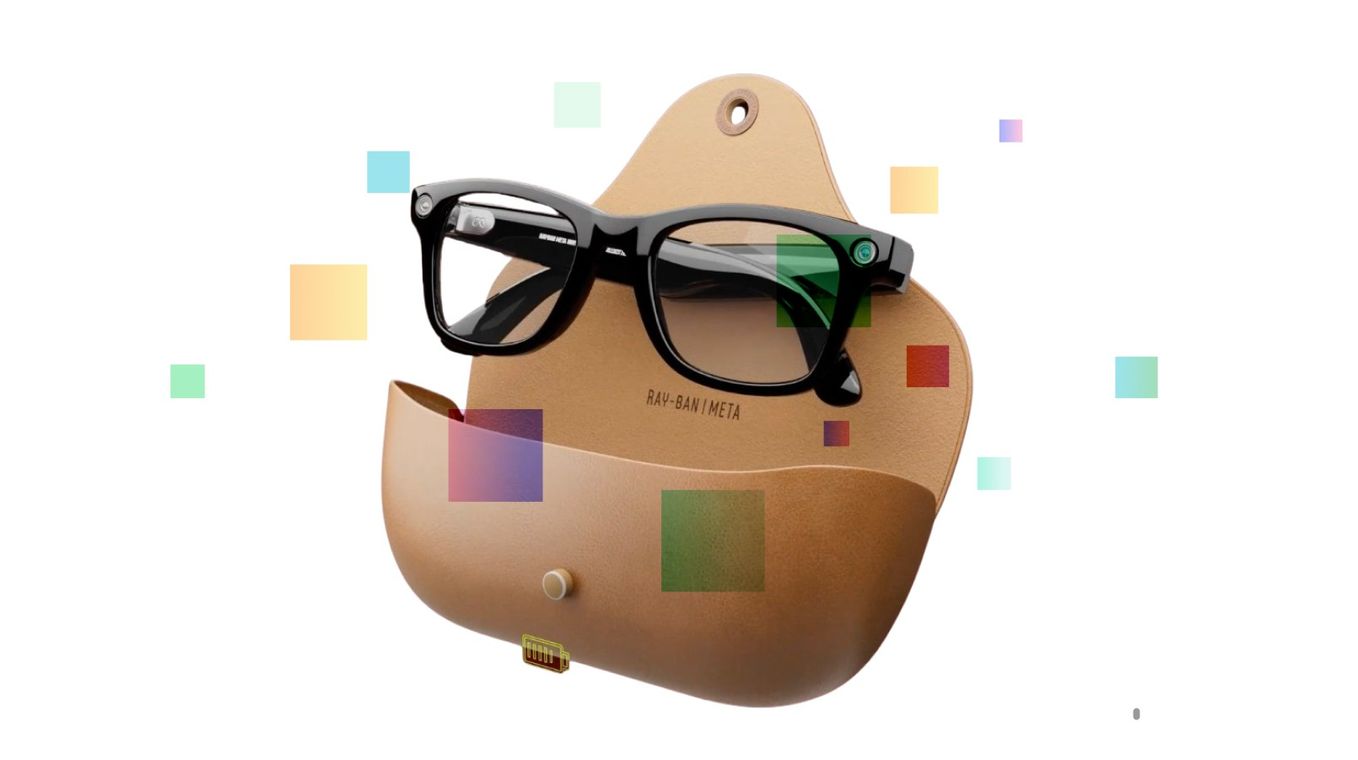My first trip to China, I hopped on a plane without knowing a word of Mandarin. Over a dozen trips later, and I’ve learned about a hundred. That’s not particularly impressive, but it is particularly helpful for navigating a build in China.
Overcoming a language barrier can be either the most fun or the most frustrating part of a trip. I typically rely on a combination of human translators, phone apps, and pantomime. In return, I’ve had everyone from line operators to factory engineers teach me anything from elementary counting to tongue twisters.
Here are some of the phrases I’ve learned that may help you the most on your trip.
A crash course on tones
You’ve probably heard that Mandarin Chinese is a tonal language, and that the tone (or modulation of pitch) can change the meaning of a word. In Pinyin (Chinese written with the Roman alphabet), tones are represented by diacritical marks (accents) above vowels. Here’s a crash course:
- mā (first tone) — flat, high pitch vowel sound
- má (second tone) — rising pitch vowel sound
- mǎ (third tone) — falling then rising pitch vowel sound
- mà (fourth tone) — falling pitch vowel sound
- ma (neutral tone) — short and de-emphasized
Note that the direction of the diacritical mark shows you how the pitch changes. I’ve also linked you to a Google Translate pronunciation for convenience.
Without further ado, here are:
Ten phrases to get you through your China build
#1 (yī): níhǎo (“nee how”) = hello
This is your go-to, standard greeting. If you want to mix it up a bit, try zǎo (“zow”) = good morning or wǎn ān (“wahn ahn”) = good night.
#2 (èr): hǎo bù hǎo (“how boo how”) = is it okay?
Literally “good / not good?”, this question is a staple for asking whether a unit, test station, lunch, etc. is okay or not. There’s no universal “yes” or “no” answer — the response will typically be the affirmative (hǎo) or negative (bù hǎo). This format is common for many easy questions:
- duì bú duì (“doo-ay boo doo-ay”) = correct / not correct?
- yǒu méi yǒu (“yoh may yoh”) = have / don’t have?
- O.K. / N.G. (…ok that’s technically English) = okay / no good?
#3 (sān): shénme wèntí (“shen muh wen tee”) = what’s the problem?
Don’t always believe a response of méi wèntí (“may wen tee”) = no problem if you think there’s an issue! You may not need to understand what they are saying — if they can point to the issue, you can usually see for yourself what is wrong.
#4 (sì): ___ zài nǎli (“___ dzai nah lee”) = where is ___?
Great for asking about people, places, or things. Before your factory contact runs off, don’t forget to ask them nǐ jiào shén me (“nee jow shen muh”) = what’s your name? so you can track them down later.
#5 (wǔ): kāishǐ ma (“kai shih mah”) = are we starting?
For when the line is stopped, but you need to start building!
#6 (liù): zài zuò yī biàn (“dzai dzuoh ee bee-en”) = do it again
Use this phrase if you need an operator to repeat a process.
#7 (qī): yǒu ___ ma (“yoh ___ mah”) = do you have ___?
Not a yo-mama joke. Can be used with:
- jīqì (“jee chee”) = device / machine
- shóuzhǐ tào (“shoh jih tao”) = finger cots, or
- nièzi (“nee-eh dzuh”) = tweezers. I find it helpful to make a pinching motion at the same time to compensate for my pronunciation.
#8 (bā): shénme shíhòu zuò hǎo (“shen muh shih hoh dzuoh how”) = what time will it be ready?
Eight o’clock, for example, is bā diǎn (“bah dee-en”). If you’ve been reading carefully you can already count to eight… keep going and you’ll be all set!
#9 (jiǔ): děng yīxià (“dung ee shee-ah”) = wait!
Helpful for when your driver is about to take off, leaving your coworker behind. Also helpful is duì buqǐ (“doo-ay boo chee”) = sorry! for when you were working so late that your coworker almost left you behind.
#10 (shí): xièxiè (“she-eh she-eh”) = thank you!
BONUS:
#11 (shíyī): yǒu méi yǒu mayo (yoh may yoh may yoh) = do you have mayonnaise?
Warning: my sense of humor may not be universal.
#12 (shí’èr): sì shì sì, shí shì shí, shísì shì shísì, sìshí shì sìshí (…good luck!) = 4 is 4, 10 is 10, 14 is 14, 40 is 40
Quite the Mandarin tongue twister. Tones are all-important (and all the fun!) here.
Thanks to Brendan Green, Head of Advanced Manufacturing Operations at Instrumental, for contributing to this article and for correcting my Mandarin!
If you’re off to China (or anywhere else) for a build, drop us a line and say níhǎo! Or, subscribe below to receive more posts like this one.



